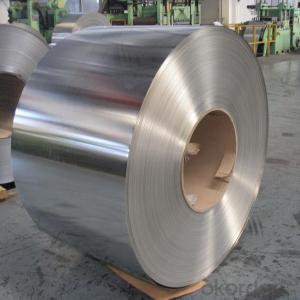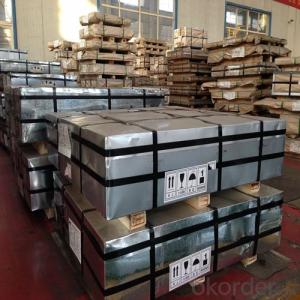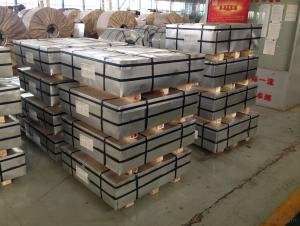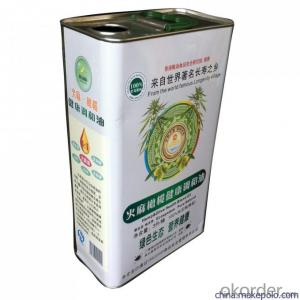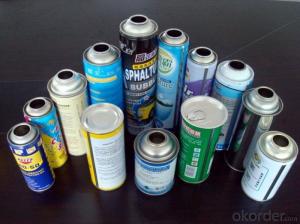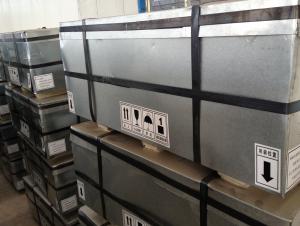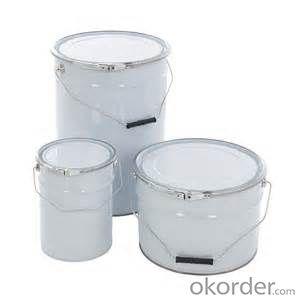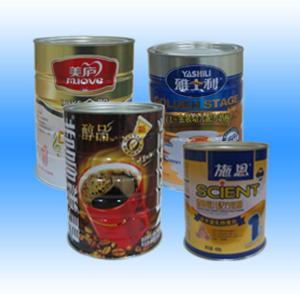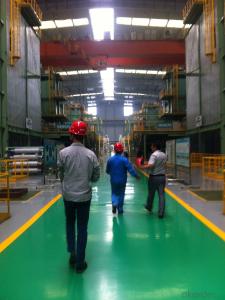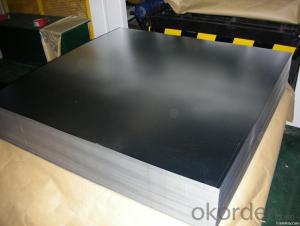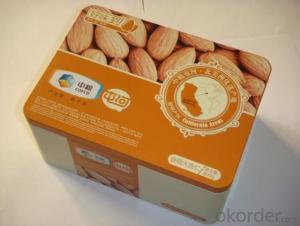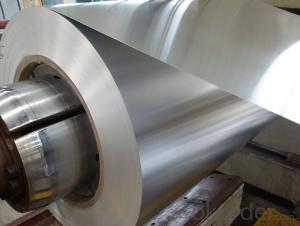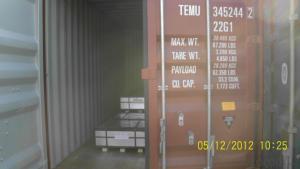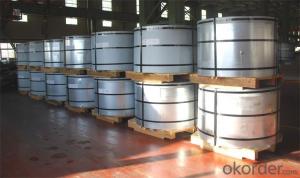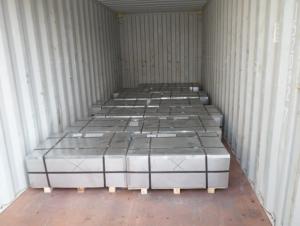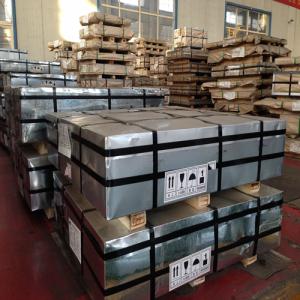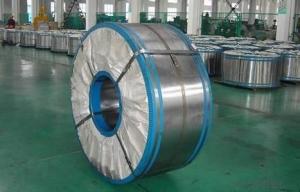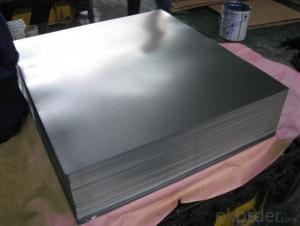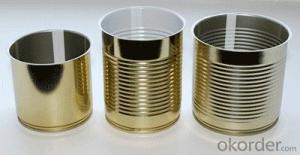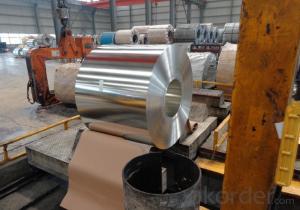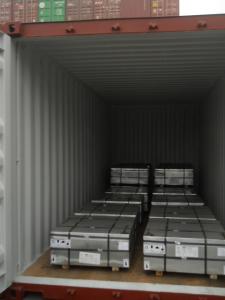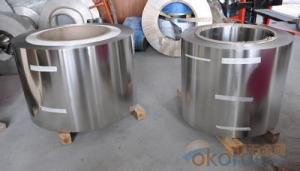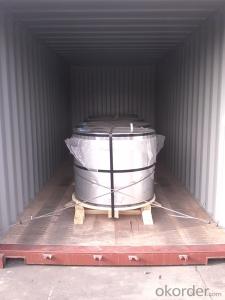Lionel Prewar Tinplate
Lionel Prewar Tinplate Related Searches
Lionel Corporation Tinplate Lionel Tinplate Set Mth Lionel Tinplate Lionel O Gauge Tinplate Lionel Tinplate Catalog Lacquered Tinplate Lionel Tinplate Classics Lionel Tinplate Traditions Lionel Tinplate 2017 Lionel Tinplate Christmas Lionel Tinplate Train Sets Mth Lionel Tinplate Trains Lionel Tinplate O Gauge Marx Tinplate Printed Tinplate Tinplate Layout Lionel Mth Tinplate Trains Misprint Tinplate Tinplate Cover Nicomet Tinplate Tinplate Metal Buy Tinplate Tinplate Lids Lionel Tinplate Trains Spain Tinplate Tinplate Uk Tinplate Elwood Tinplate Conyers Lionel Tinplate Blue Comet Tinplate CoatingLionel Prewar Tinplate Supplier & Manufacturer from China
Lionel Prewar Tinplate is a collection of vintage toy trains and train sets that were manufactured by the Lionel Corporation during the pre-World War II era. These trains are highly sought after by collectors and enthusiasts due to their historical significance and unique designs. The product line includes a variety of locomotives, passenger cars, freight cars, and accessories, all made from tinplate materials, which were popular during that time.These Lionel Prewar Tinplate trains are often used for display purposes, as they hold a nostalgic appeal for those who remember playing with them in their youth or appreciate the craftsmanship of the era. They can also be utilized in model train layouts, providing a realistic and historical backdrop for enthusiasts to recreate scenes from the golden age of rail travel. The tinplate construction gives these trains a distinctive look and feel, setting them apart from later plastic models.
Okorder.com is a reputable wholesale supplier of Lionel Prewar Tinplate products, offering a vast inventory to cater to the needs of collectors and hobbyists alike. With a commitment to quality and customer satisfaction, Okorder.com ensures that each Lionel Prewar Tinplate item is in excellent condition and accurately represents the original design and craftsmanship. This makes Okorder.com a trusted source for those looking to expand their collection or find that perfect piece to complete their model train setup.
Hot Products

